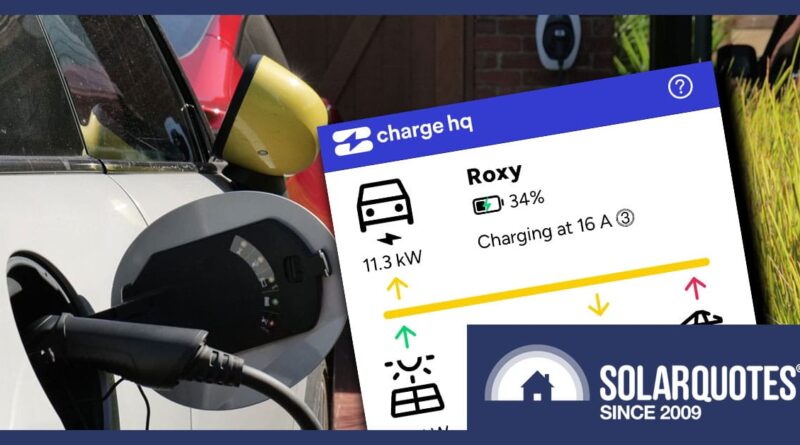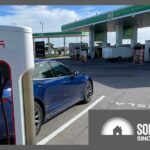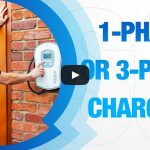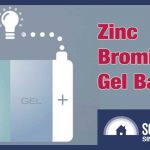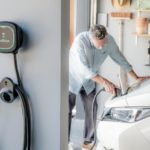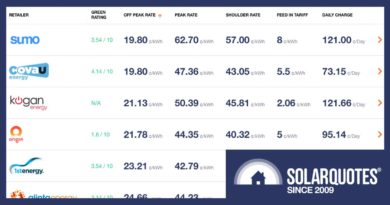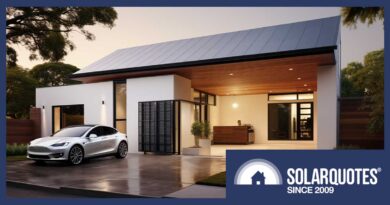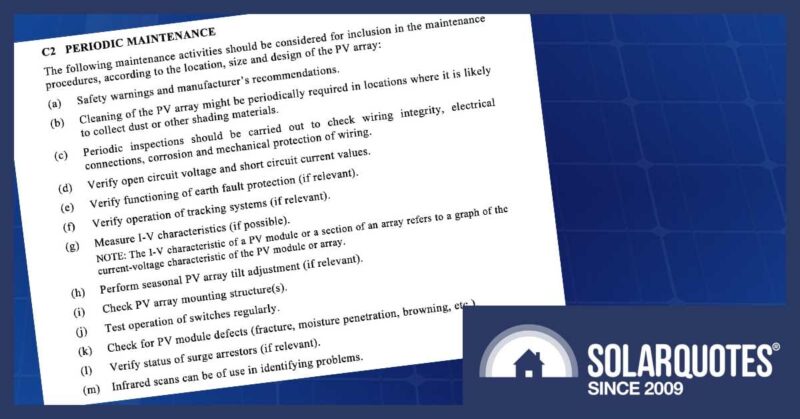Why Faster Home EV Charging Gives Better Returns
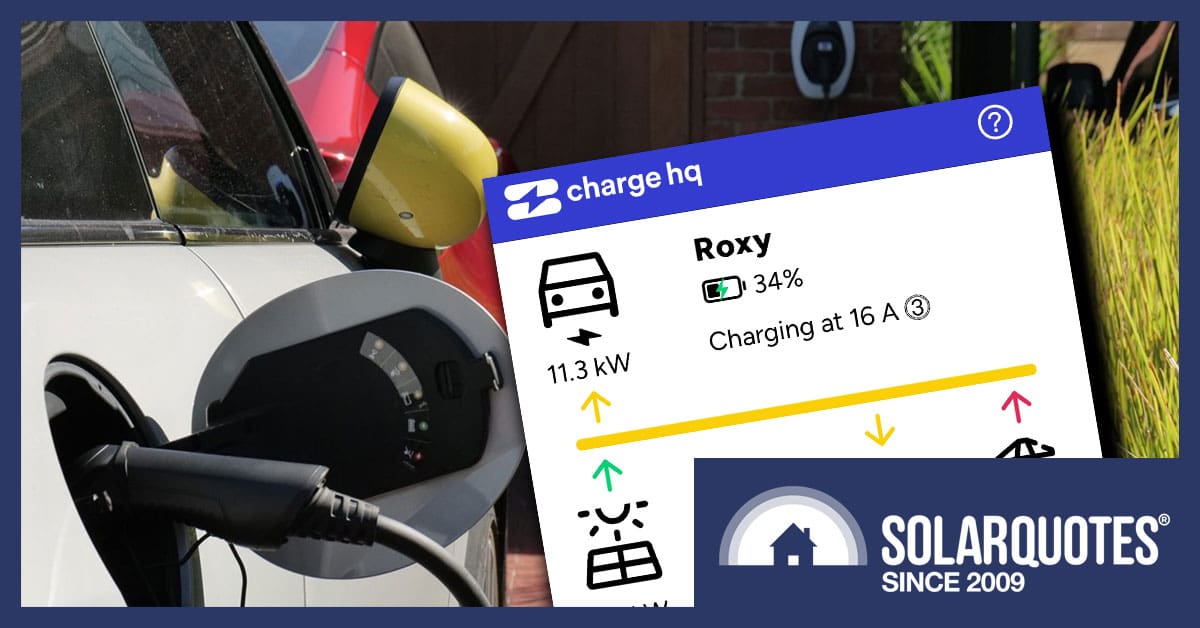
Charging at 16A on 3-phase = 11 kW charging rate.
Solar power systems have been saving us money for years, but what about saving some for later? With large solar arrays on houses becoming the norm, finding places to store all the goodness is becoming more important. Faster EV charging is an excellent place to start.While remote area power has been using batteries since forever, lead-acid chemistry has been the mainstay. A lumbering grey battleship, lead kept the lights on for farmers and powered phone exchanges everywhere, but technological advances mean smaller, lighter lithium-ion batteries are now delivering much higher performance in terms of useable capacity and charge rates.
This performance makes electric vehicles practical passenger cars over hundreds of kilometres now, where lead acid was limited to delivering milk to houses or golfers to the 19th hole, after which you had all night to charge up.
State of Charge
Although we could always charge batteries quickly, getting from half flat to fully charged traditionally takes hours and hours.
No matter how much sun, wind or diesel you had to throw at them, caring for lead-acid batteries meant slow charging.
It’s ironic that people are paranoid about lithium battery fires when flooded lead acid produces hydrogen, known to explode in a fashion SpaceX would call a RUD (Rapid Unplanned Disassembly).
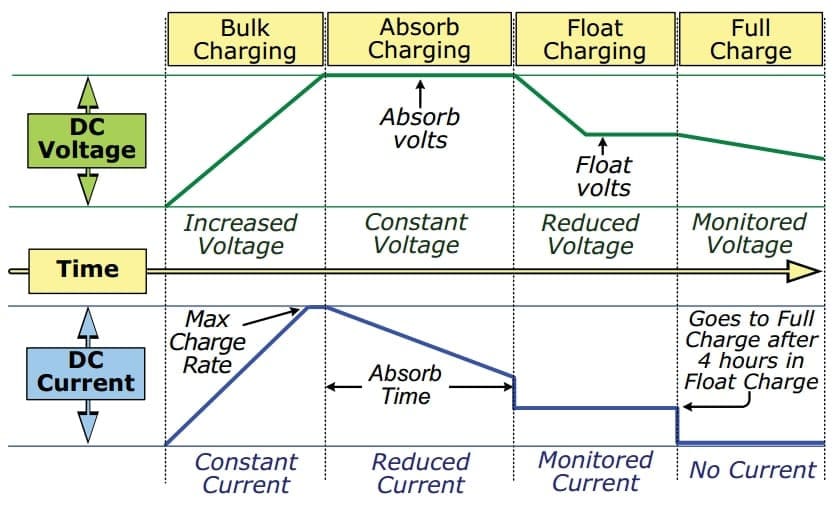
It’s only the first stage that lead acid will accept “bulk” energy quickly. credit generationsolar.com
Current Technology Has Changed Everything
Modern lithium batteries aren’t immune to physics. Current creates heat which a Battery Management System must tightly control. Where lithium batteries differ profoundly is the rates of charge.
From nine-tenths flat to nine-tenths charged, you can belt lithium with 100% rated current. Throttling back to float charging only occurs when the battery is almost full.
Not only can you use more of the sticker rating on a lithium battery, discharging to great depth without damaging it, but you can also use it faster. To stretch the marine analogy, it’s like a submarine crossed with a speed boat.
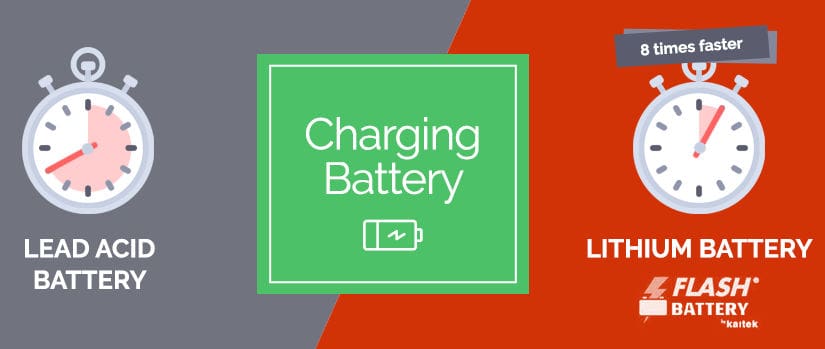
How Does This Speed Help Your Budget?
While domestic storage batteries have been the buzz in solar for a few years now, at roughly $1,000 per kWh installed, they’re an expensive gadget. Meeting the consumption of an average Australian house with storage means buying 20kWh. It’s a big investment to save 35 cents per kWh.
However, the largest battery you’ll buy will be three, four or more times the size of a Powerwall; it’s the battery in your car. If you can charge it with solar instead of buying petrol, you’ll save lots more money.
This is why we’re seeing the movement to Rewire Australia taking off. Making Everything Electric simply makes economic sense. Adding energy security, economic sovereignty and pollution abatement to the calculated return on investment makes this energy transition nothing short of a revolution. It’s not hyperbole I use lightly.
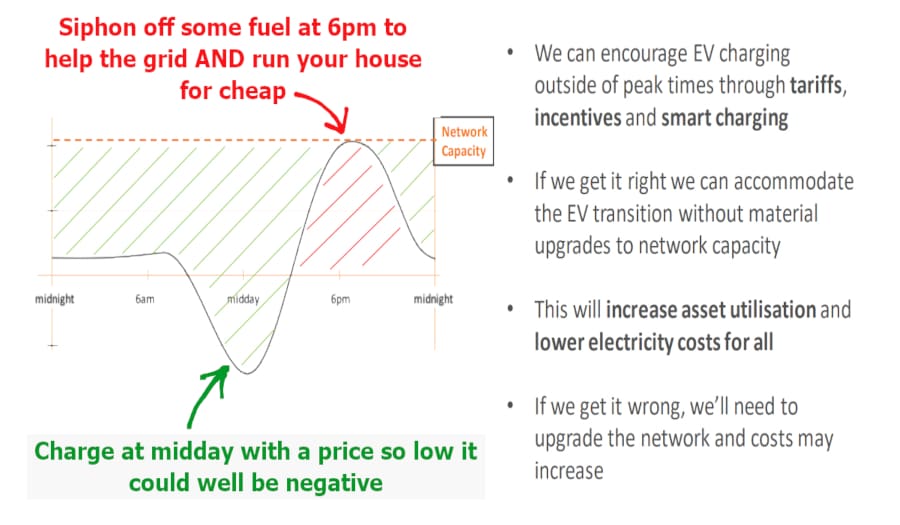
An ideal daytime cycle showing money saved on cheap charging and grid capacity bolstered by EV batteries
Large Solar Loves EV Batteries
Combining large batteries with large solar power systems allows you to store large amounts of energy. There may be a missing link, though; if you’re a tight-arse like me and your EV chargers can only pass 2kW through to the car, your charging speed will be so low most of your available solar energy will be exported for 5 cents, or worse still curtailed to zero by an export limit.
How Does This Speed Affect EV Charging?
Let’s assume 15 kWh of electricity will get you 100 km of range in your EV.
So, how long does it take to charge 15 kWh? The world’s not perfect, so with losses, a rule of thumb would read like this:
-
Level 1 Slow Charging:
- Via any 10 amp general-purpose power point is around 2 kW; at that rate, you’ll gain:
- 13 km added every hour
- 100 km will take 7½ charge hours
-
Level 2 Charging: Governed by your car’s onboard charger
- Available to all but the most modest of EVs
- default AC charging anywhere, anytime you find a single phase 32 amp or 7 kW connection
- 40 km added every hour, realistically
- 100 km will take 2 ½ charge hours
-
Level 2 Charging with 3 phase: For better-appointed cars
- Larger EVs can handle 11 or even 22kW charging
- This is akin to the “high flow” diesel pumps at the petrol station
- 120km added every hour is plausible
- 100km will take 1 ⅓ hours
All these charge rates use simple assumptions. Battery temperature may extend the time as the car determines what it’ll accept.
-
Level 3 Charging with a Highway DC Fast Charger:
- DC charging isn’t a thing for domestic premises yet.
- Generally speaking, EV charging at home from zero to 80% takes just as long as getting from 80% up to fully charged.
- If someone else is waiting at a public charger, filling your tank over 80% is considered bad form.
- 250 km could take as little as 20 minutes, depending on the car and station, so driving another 2 hours for the next top-up takes less time than fully charging at every station.
How Does This Help With Harvesting Home Solar?
Imagine you have a large water tank, yet pouring rain is overflowing the gutters and running down the street because you only have one skinny downpipe.
If you’ve invested in a big solar system, I’d recommend you futureproof it with a big power supply to the garage, even if you have yet to get an EV. Once you have an EV with a 50kWh+ battery AND the infrastructure on the wall to connect it to your roof, funnelling sunshine into your car efficiently is easy.
Original Source: https://www.solarquotes.com.au/blog/faster-home-ev-charging-gives-better-returns/

